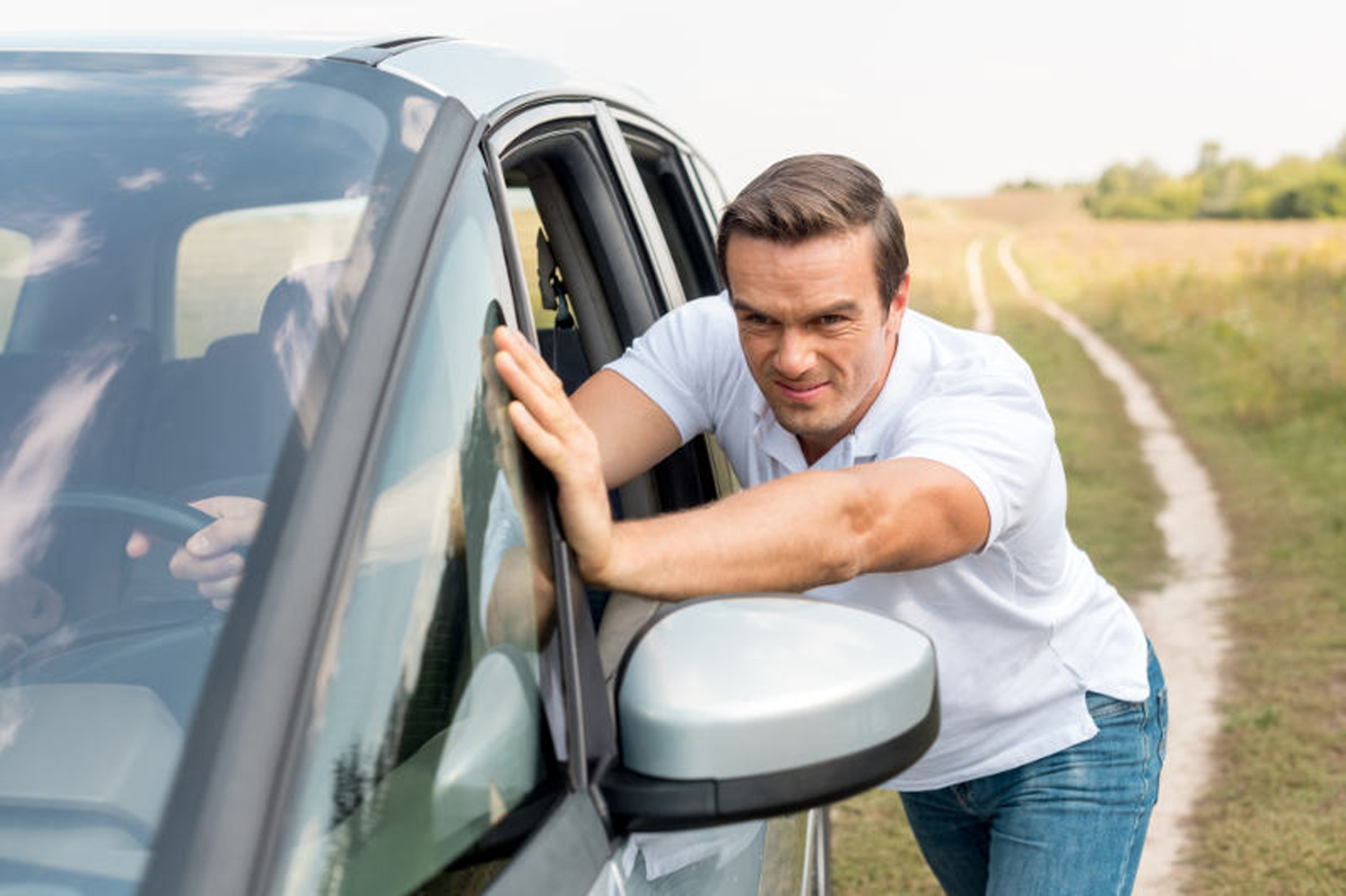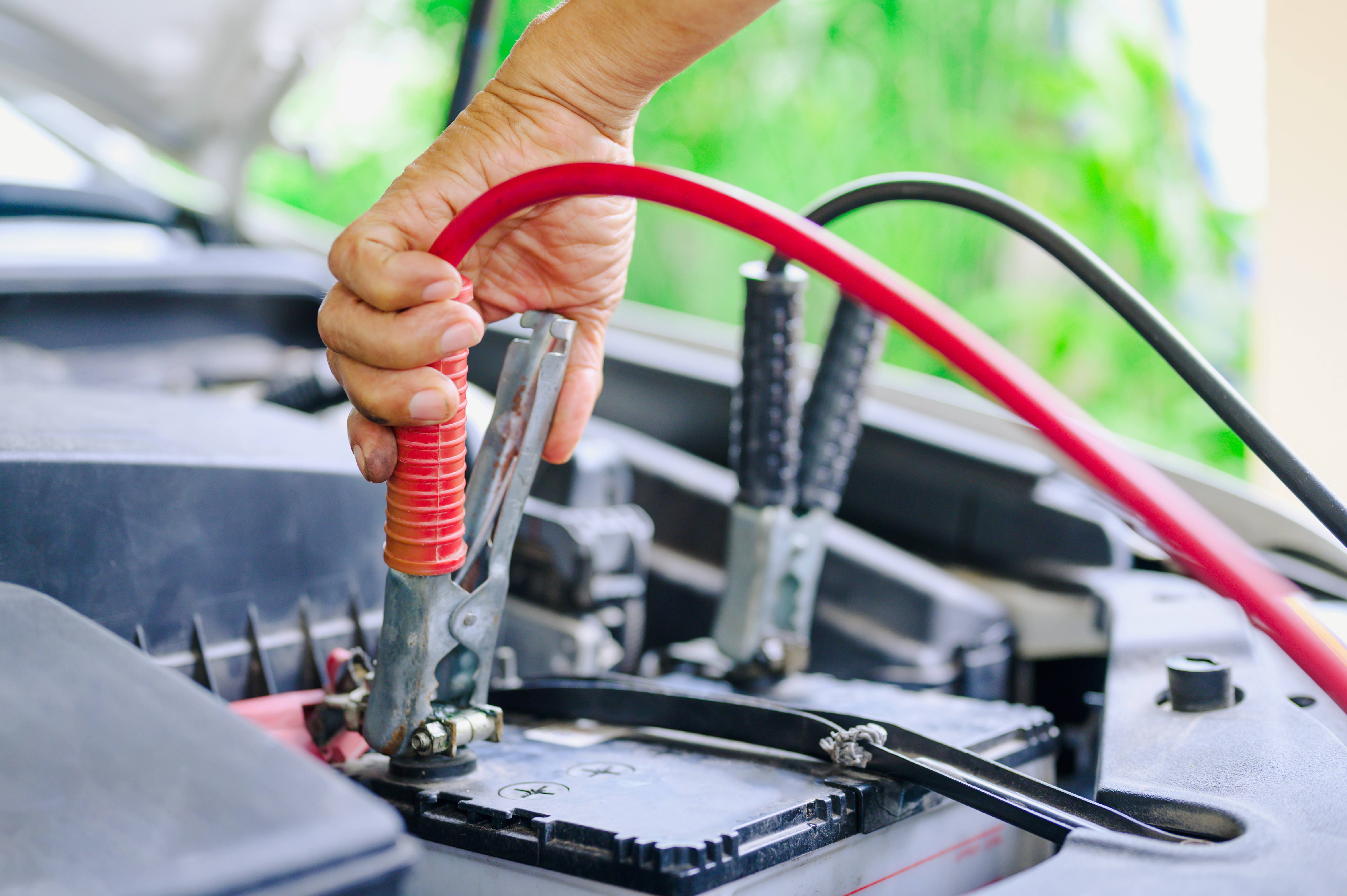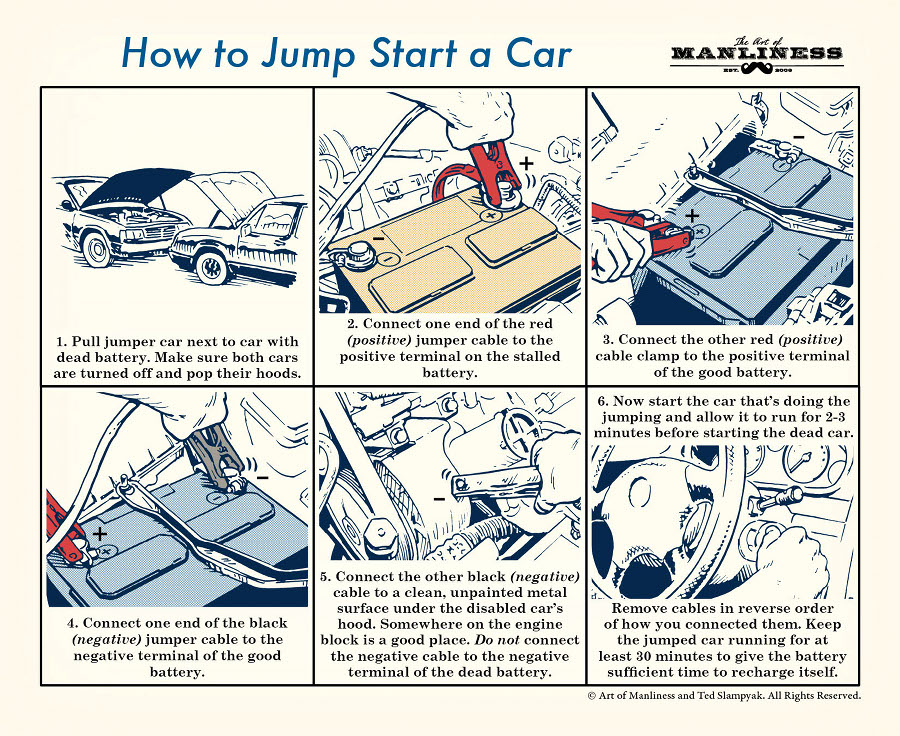How to Jump Start a Car with Manual Transmission: Complete 2025 Guide
How to Jump Start a Car with Manual Transmission: Complete 2025 Guide
Quick Navigation
Getting stuck with a dead battery in your manual transmission car can be frustrating, but the good news is that manual cars offer more jump-starting options than automatic vehicles. This comprehensive guide will walk you through every method to get your manual car running again, from the classic push start technique to using jumper cables safely.

Manual Transmission Jump Start Methods Overview
Manual transmission vehicles have a significant advantage over automatic cars when it comes to jump starting. You have three primary methods available:
- Push Start (Bump Start): Uses the car's momentum to turn the engine over
- Jumper Cables: Traditional method using another vehicle's battery
- Jump Starter Box: Portable battery pack for solo jump starting
The push start method is unique to manual transmissions and often the most practical solution when you don't have jumper cables or another vehicle available.
Push Start Method: No Cables Required
The push start technique, also known as bump starting or rolling start, is the most distinctive advantage of manual transmission cars. This method uses the car's momentum to engage the engine through the transmission.

Step-by-Step Push Start Process
- Position the Vehicle: Ensure you're on level ground or a slight downhill slope. Avoid uphill positions as they make the process much harder.
- Turn Ignition On: Insert the key and turn to the "ON" position (not start). This enables the fuel system and ignition.
- Select Second Gear: Press the clutch fully and shift into second gear. Second gear is preferred over first because it's less likely to jolt the car when the clutch is released.
- Release Parking Brake: Ensure the parking brake is completely disengaged.
- Get Pushing Help: Have 2-3 people position themselves at the rear of the vehicle, ready to push.
- Begin Movement: Keep the clutch pressed while helpers push the car to 5-10 mph (8-16 km/h).
- Release Clutch Suddenly: Once you reach adequate speed, quickly release the clutch pedal completely. The engine should turn over and start.
- Press Clutch Again: Immediately after the engine starts, press the clutch to prevent stalling.
Jump Starting with Jumper Cables
When you have access to jumper cables and another vehicle, this traditional method works just as well for manual transmissions as it does for automatic cars, with one important difference: manual cars require the clutch to be pressed during starting.

Jumper Cable Connection Process
- Position Vehicles: Park the helper vehicle close enough for cables to reach both batteries, but don't let the cars touch.
- Engage Safety: Put both cars in neutral, engage parking brakes, and turn off all electrical accessories.
- Connect Positive Terminals: Attach the red cable to the positive terminal of the dead battery first, then to the positive terminal of the helper vehicle.
- Connect Negative Terminals: Attach the black cable to the negative terminal of the helper vehicle, then to an unpainted metal surface away from the battery in your car.
- Start Helper Vehicle: Run the helper vehicle for 5-10 minutes to charge your battery.
- Start Your Manual Car: Press the clutch pedal fully, turn the key, and your engine should start.
Essential Safety Precautions
Jump starting a manual transmission car involves several safety considerations that are crucial for preventing injury and vehicle damage.

Before You Begin
- Wear safety glasses and non-conductive gloves
- Remove metal jewelry that could cause shorts
- Ensure adequate ventilation around the battery area
- Check for visible battery damage or leaks before proceeding
During Push Starting
- Never attempt push starting on busy roads or highways
- Ensure all helpers understand their role and timing
- Keep the driver's door open for quick exit if needed
- Don't attempt push starting if the steering is locked
Troubleshooting Common Issues
Push Start Isn't Working
If your manual car won't start with the push method, try these solutions:
- Increase Speed: You may need to reach 10-15 mph before releasing the clutch
- Try Different Gears: Some cars respond better to third gear instead of second
- Check Battery Condition: If the battery is completely dead, even push starting may not work
- Fuel System Issues: Ensure you have fuel and the fuel pump is getting power
When Jump Starting Fails
If neither push starting nor jumper cables work, consider these possibilities:
- Alternator problems preventing proper charging
- Starter motor failure (affects cable method only)
- Fuel delivery issues
- Ignition system problems
- Completely dead battery that won't accept a charge

Why Manual Transmissions Have Jump Start Advantages
Manual transmissions offer unique benefits when dealing with dead batteries because they create a direct mechanical connection between the wheels and the engine. When you release the clutch while the car is moving, the wheels force the transmission to turn, which rotates the engine's crankshaft. This mechanical advantage is why automatic transmission cars can't be push started – they lack this direct mechanical connection.
Frequently Asked Questions
Can you jump start a manual car in reverse?
Yes, you can push start a manual car in reverse, but it's more challenging and potentially dangerous. The process is the same, but you'll need to put the car in reverse gear and have helpers push from the front. This should only be attempted in safe, controlled environments.
How fast do you need to go to push start a manual car?
Typically, 5-10 mph (8-16 km/h) is sufficient for most manual cars. However, some vehicles may require speeds up to 15 mph. The key is having enough momentum to overcome engine compression when you release the clutch.
Is push starting bad for your manual transmission?
When done correctly, push starting is not harmful to your manual transmission. However, frequent push starting can put additional stress on clutch components and the drivetrain. It's best used as an emergency solution rather than a regular practice.
Can modern manual cars be push started?
Most modern manual cars can still be push started, but some newer vehicles with advanced electronic systems may not respond to this method if the battery is completely dead. The fuel injection system and ignition may require minimum battery power to function.
What gear should I use for push starting?
Second gear is generally recommended for push starting because it provides a good balance between mechanical advantage and smooth engagement. First gear can cause excessive jolting, while higher gears may require more speed to be effective.
Remember: After successfully jump starting your manual transmission car by any method, drive for at least 15-20 minutes to allow the alternator to recharge the battery. If the problem persists, have your charging system inspected by a qualified mechanic.